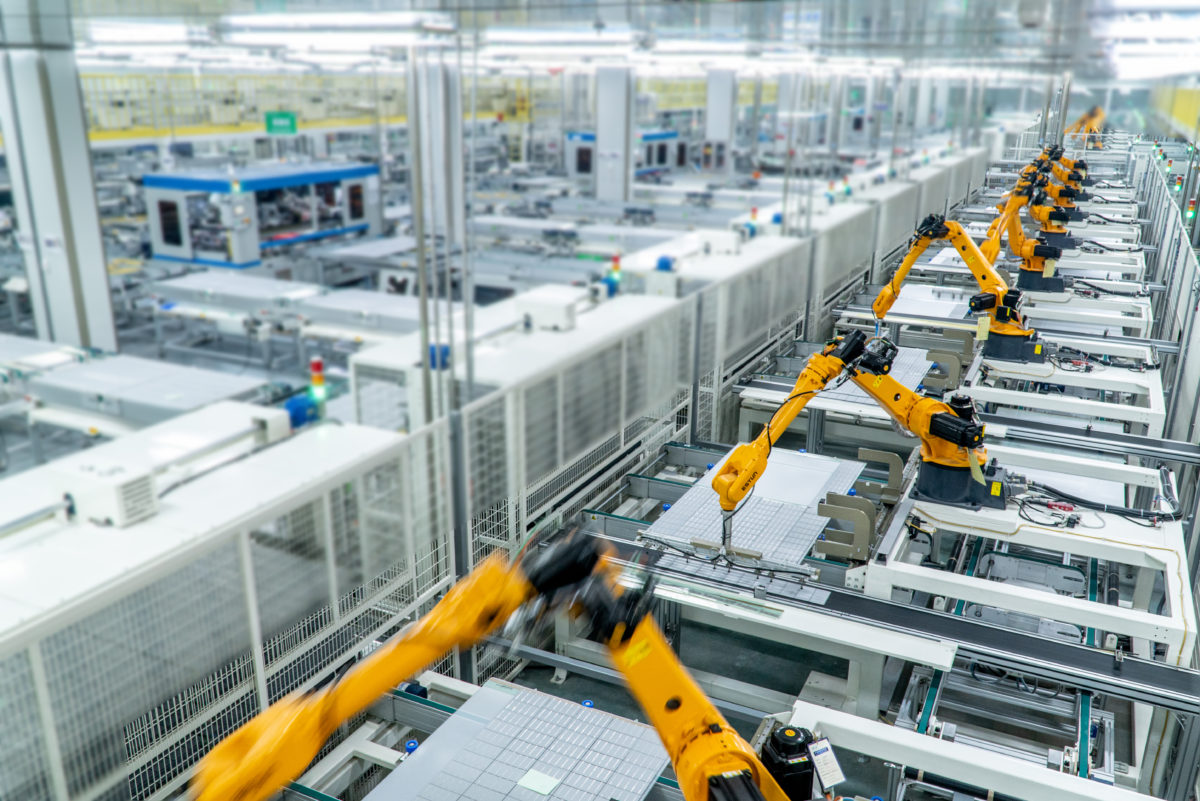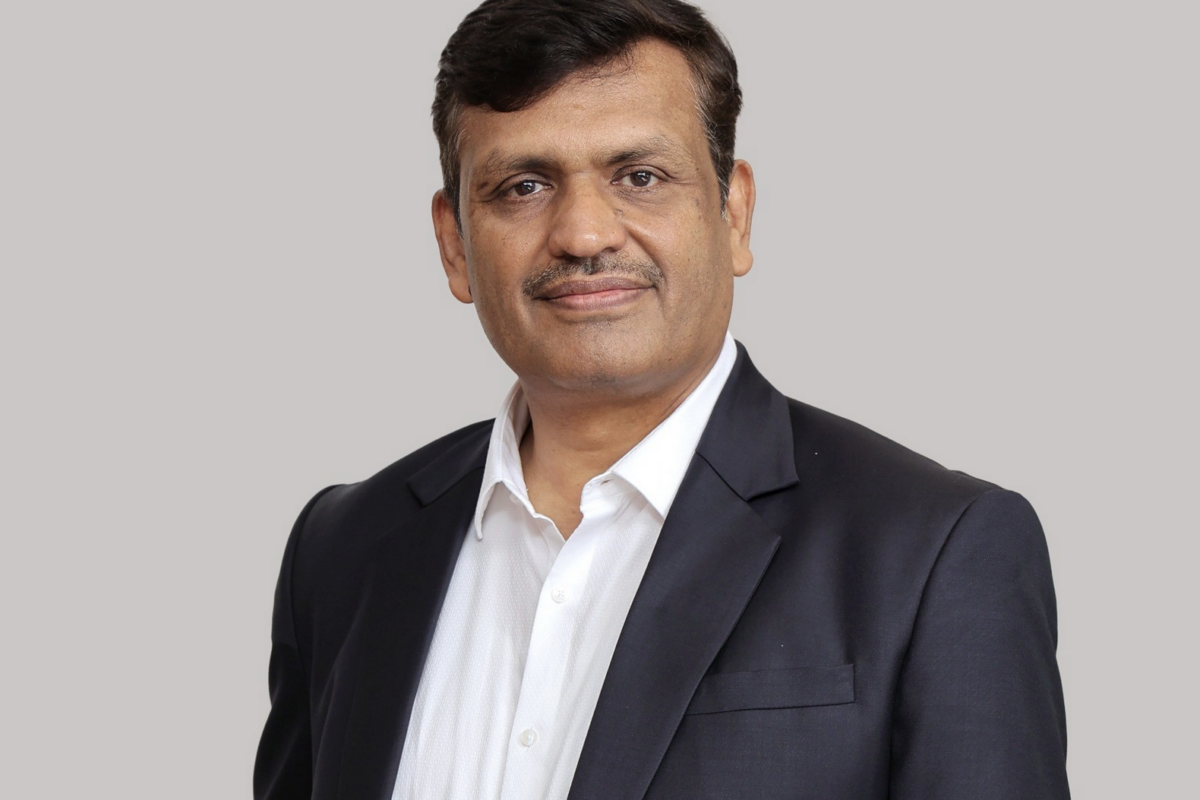“Our vision is that photovoltaic (PV) solar energy will play a central role in a new transformed economy. With wind energy, hydroelectricity, geothermal energy, and biomass, PV will power directly or indirectly all segments of the economy,” wrote Pierre Verlinden in a recent research paper. “Several studies have shown that, to achieve this goal, a cumulative deployment of about 70 Terawatts of PV, corresponding to 6–10 kW of PV per capita, and an annual production of PV systems of 3–4 TW p.a. will be necessary by 2050.”
In the paper, Future challenges for photovoltaic manufacturing at the terawatt level, published in the Journal of Renewable Sustainable Energy, Verlinden looks back over solar’s achievements in the past few decades, and at what is still to come as the industry gears up to take on a leading role in the global energy transition.
Solar’s achievements to date have been well documented – over the past 50 years production capacity and installations have doubled on average every three years, and prices have fallen by 90% in the past 10 years alone. Verlinden notes the combined roles of different regions in achieving this: the United States introduced the first large-scale PV plants, as well as a market for PV to power satellite technologies. Japan developed the first major residential PV market, Germany introduced the first feed-in tariff models, and of course China has driven the mass industrialization and scale-up of PV manufacturing.

Image: Jonathan Gifford/pv magazine
Future challenges
Innovations including heterojunction and tandem cells, as well as further scaling up of production promise to keep costs falling – to around $0.10/W by 2030, half of their current level, according to many predictions.
Reaching this target of 70 TW installed PV by 2050 means growing the industry by a factor of around 30 from its current size. And Verlinden is optimistic that this can be achieved. “The cost of PV manufacturing is reducing by about 10%–16% per year. The cost of capital equipment is reducing by about 18% per year,” he states. “It does not seem that there is any major problem to rapidly grow this industry to a level of 30 times the current production rate. There are, however, a few challenges.“
First among these challenges is securing the long-term commitment to a strategy, “the time constants of climate change are so long, much longer than most human preoccupations, such as the re-election of politicians, the typical time for calculating the return on investments, or even a person's life expectancy,” Verlinden explains, stating that government incentives for electrification of industries, transmission lines, energy and storage and electric vehicles are urgently needed to keep the transition moving.
Secondly, Verlinden highlights the need for balanced growth, arguing that the industry needs to increase growth rates today from around 10% per year up to 25%, to avoid a rush for new capacity after the 2030s followed by a sudden scaling back of demand, leaving lots of brand new production capacity with no market to serve. “It is critical that the market maintains an annual growth in demand of about 25% p.a. until around 2032, to reach a stabilized annual production level of 3 TW p.a. from around 2032 to 2055,” he explains. “In such a way, the industry will not suffer any significant downturn.”
The final challenge for solar is one of materials. Firstly, the amount of silver needs to be reduced below 5mg/W, from current levels of around 20mg/W. Recycling as well will need to scale up to process the much larger volumes that will be around after 2030, and develop new technologies to recover silver and other valuable materials from a module.
“Facing the global climate change challenge, the world has very few options. The most obvious choice would be to power the world economy with 100% renewable energy,” Verlinden concludes. “The PV industry would play a central role and would have to grow about 30 times in production capacity, to about 3 TW per year… The technology to achieve this goal exists. The challenges that the PV industry is facing are not about efficiency, cost, energy or emission sustainability, or even financial sustainability.”
This content is protected by copyright and may not be reused. If you want to cooperate with us and would like to reuse some of our content, please contact: editors@pv-magazine.com.




Thank you Mark for this nice summary and note about this very important piece of paper from Pierre Verlinden. I will try to share it that finally hopefully everyone gets aware about our PV future and what this mean in terms of our necessary activitie to adapt fot the climate crisis.
It should be possible to eliminate silver from solar panels some time soon, possibly using graphene or carbon bucky tubes.
How much Energy does the world need in 2050……. simple…
•20,000KWhr/person/yr (15,000 in 2020)
• 10 Billion Population (7.8 Billion in 2020)
• Energy needed 200,000TWhrs/yr.
• Solar System Required 150TW
(@ 1, 300KWhrs/KW/yr).
Only TWO PROJECTIONS NEEDED…
As SIMPLE as THAT…. if you know what you want and how to solve the problem..
NOTHING TO HIDE OR HE/SHE SAID THIS OR THAT!!!